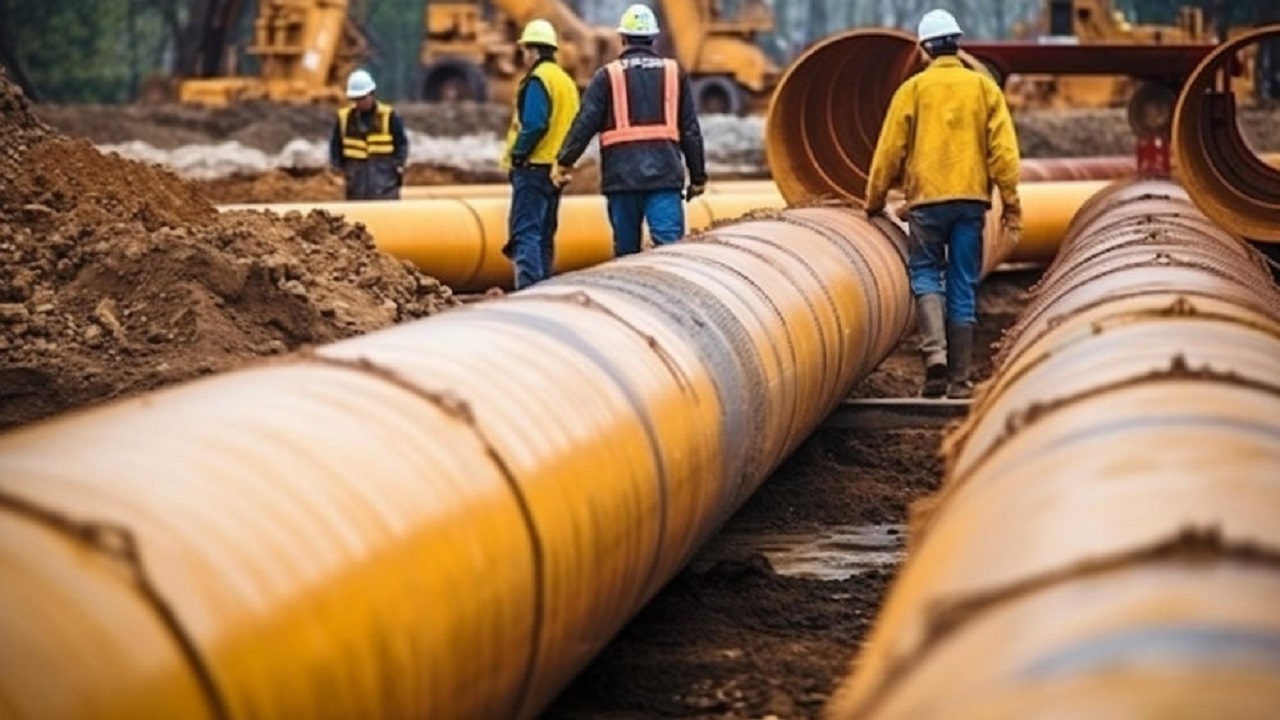In the ever-evolving world of construction, stability is paramount. Building structures that can withstand the test of time and environmental challenges requires innovative engineering solutions. One such solution that plays a crucial role in crafting stability is the use of pipe piles. Pipe piles find applications in a wide range of construction projects, including residential, commercial, and infrastructure developments. They are used in the construction of bridges, piers, buildings, and other structures where a stable foundation is important. The versatility of steel pipe piles makes them a go-to solution for engineers facing diverse challenges.
Understanding Pipe Piles
Pipe piles are cylindrical, structural elements that are driven into the ground to provide support for buildings, bridges, and other structures. They are an essential component of foundation systems, particularly in areas with challenging soil conditions. These piles are commonly made of steel, concrete, or a combination of both, offering a versatile solution for various construction projects.
Types of Pipe Piles
There are several types of pipe piles, each designed to meet specific construction requirements. Steel pipe piles are widely used due to their strength and durability. They come in various shapes, including open-end, closed-end, and tapered piles. Concrete-filled steel pipe piles provide additional load-bearing capacity and corrosion resistance. The choice of the type of pipe pile depends on factors such as soil composition, load-bearing capacity needed, and environmental conditions.
The Importance of Pipe Piles in Construction
Load-Bearing Capacity
Pipe piles are known for their high load-bearing capacity. They are capable of supporting heavy structures and transferring the loads from the superstructure to the stable soil or bedrock below. This is particularly crucial in areas with weak or variable soil conditions where traditional foundation methods may not be sufficient.
Soil Stabilization
In regions with soft or loose soil, pipe piles play a vital role in soil stabilization. By penetrating deep into the ground, these piles provide additional support and prevent settling or shifting of the foundation. This is essential for maintaining the integrity of the structure over time.
Resistance to Environmental Factors
Steel pipe piles, when properly coated or treated, exhibit resistance to corrosion, making them suitable for use in various environmental conditions. This resistance ensures the longevity of the foundation and, consequently, the entire structure. Concrete-filled steel pipe piles add an extra layer of protection against corrosive elements.
Cost-Effectiveness
While the initial cost of installing pipe piles may be higher than some other foundation methods, the long-term benefits often outweigh the investment. The durability and stability provided by pipe piles contribute to reduced maintenance costs and increased lifespan of the structure.
Installation Process
The installation of pipe piles involves driving them into the ground using specialized equipment. The depth to which the piles are driven depends on factors such as soil composition and load requirements. This process not only provides support but also consolidates the soil around the piles, enhancing stability.
Conclusion
In the intricate dance of construction, where every element must harmonize to create stability, pipe piles emerge as unsung heroes. Their ability to navigate challenging soil conditions, provide unparalleled load-bearing capacity, and resist the ravages of time makes them indispensable in crafting stability for a wide range of structures. As construction practices continue to advance, the role of pipe piles is likely to expand, ensuring that the buildings and bridges of tomorrow stand tall and resilient against the forces of nature.


